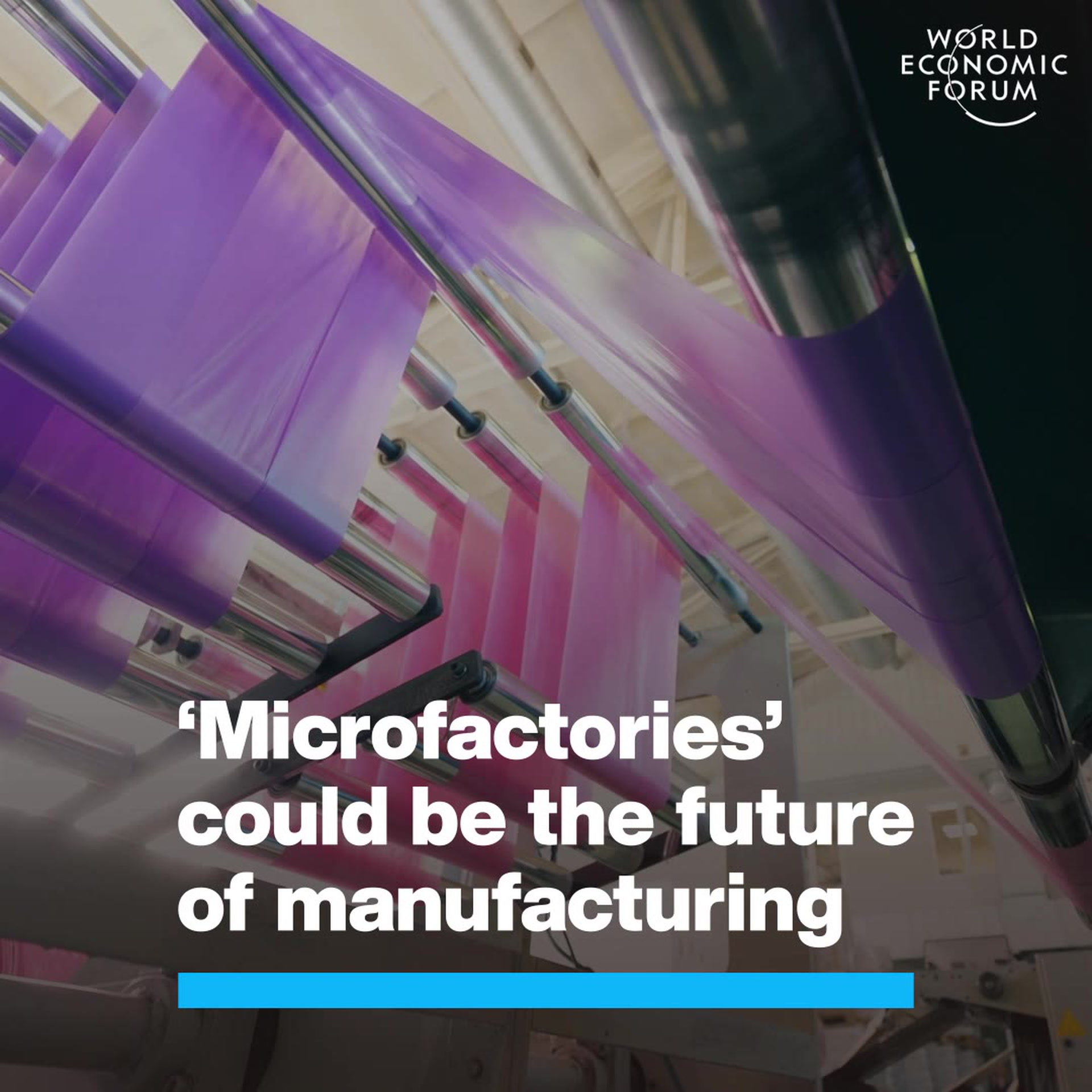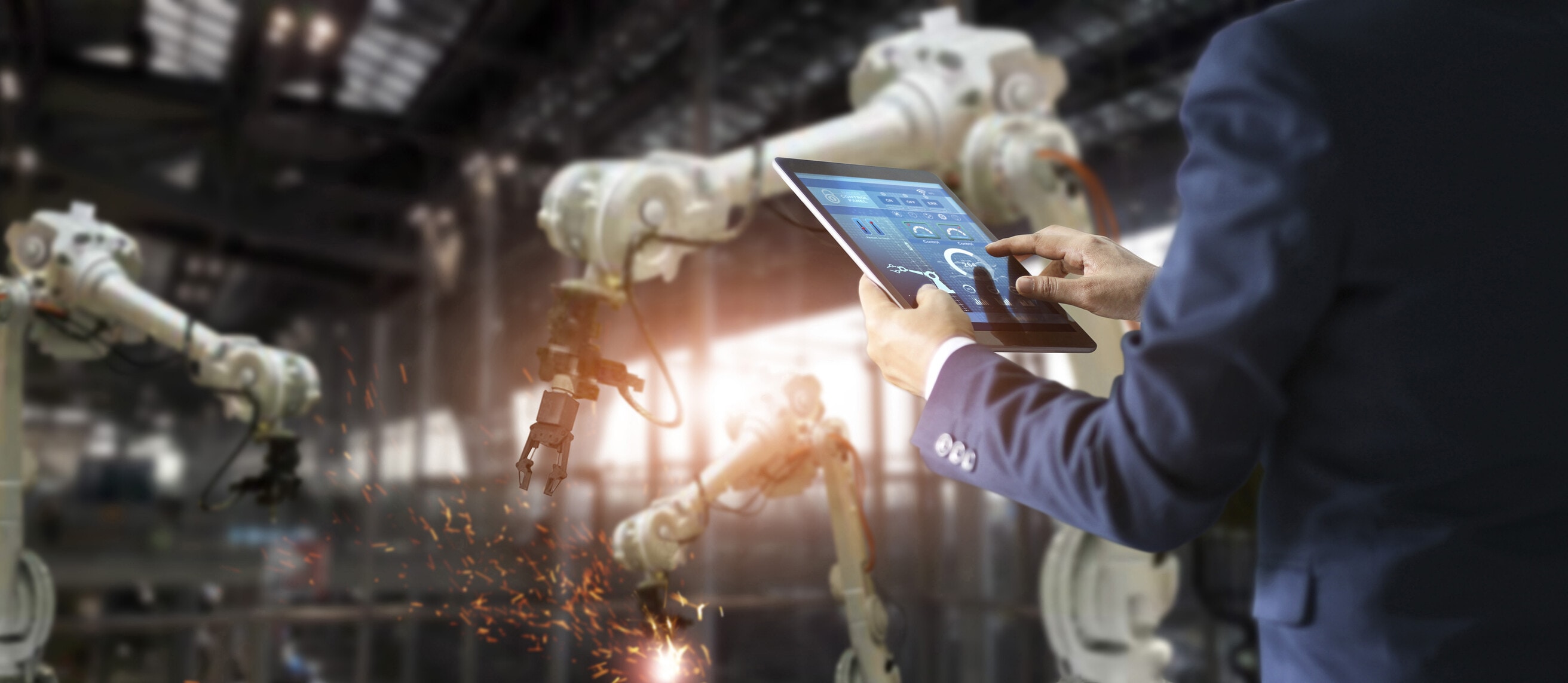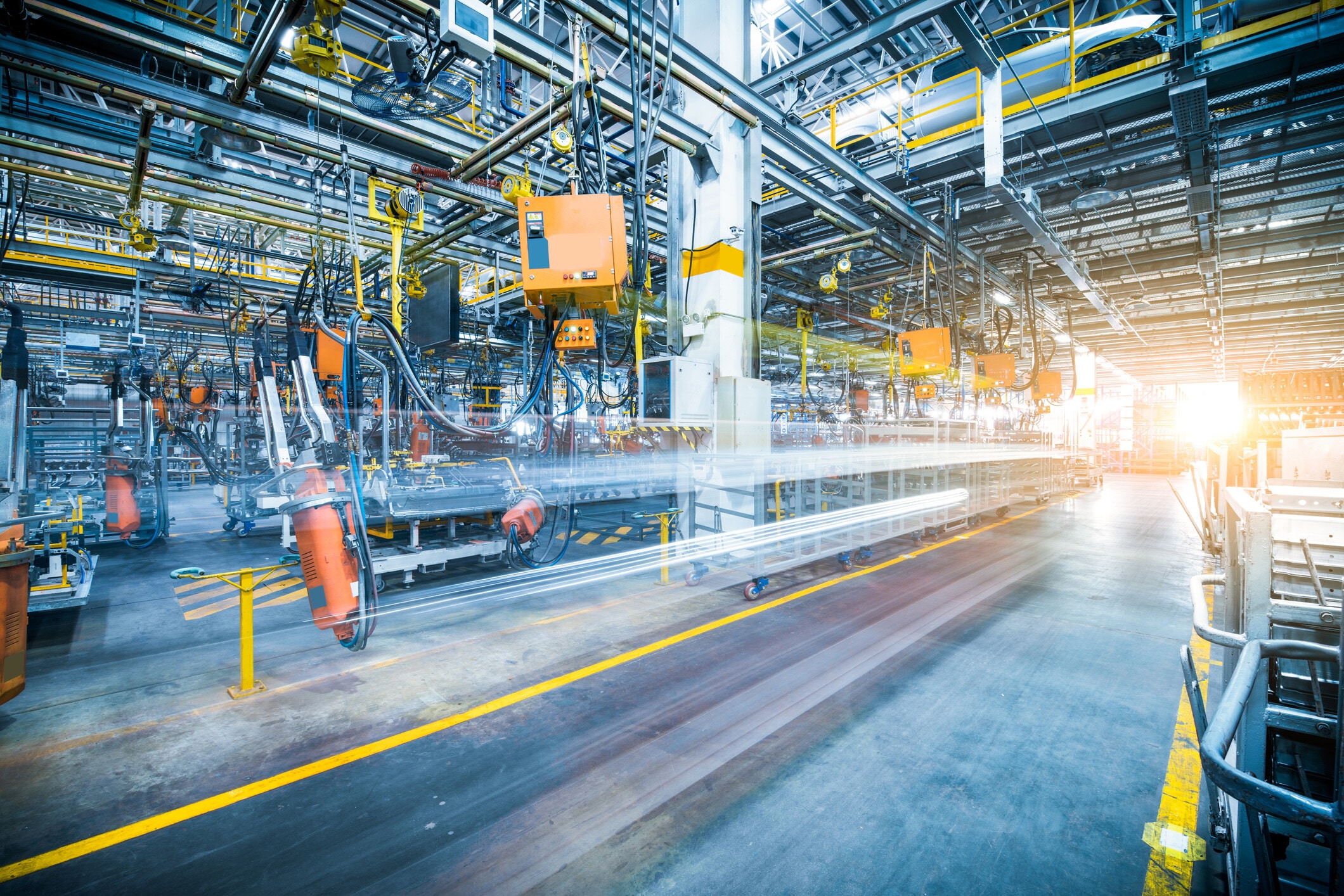For the first time in five years, the world's fastest computer is American

The summit supercomputer holds the world record of 200 quadrillion calculations per second. Image: REUTERS/Stephen Lam

Get involved with our crowdsourced digital platform to deliver impact at scale
Stay up to date:
Advanced Manufacturing
Nations are constantly jockeying to have fastest supercomputer in the world. After an era of Chinese dominance in the field, the United States has a new entrant, the Summit, that has already blown the competition away.
Summit is truly a remarkable piece of engineering. Located at the Oak Ridge National Laboratory in Tennessee, Summit holds the world record of 200 quadrillion calculations per second — that’s about 100 million times more than a typical computer. It is now, officially, the fastest supercomputer in the world. That means its processors can go through more cycles per second (measured in FLOPS), which allows it to make a given computation more quickly than any other.
China’s Sunway TaihuLight, the previous holder of the title of the world’s fastest supercomputer until Summit came along, clocked in at 125 petaFLOPS, which is five times faster than the next fastest supercomputer. Summit works at a jaw-dropping 200 petaFLOPS.
Building Summit means that some geeks can pump their fists and chant “U! S! A!” but the implications are bigger than just a good old-fashioned international competition.
According to The Wall Street Journal, researchers will be using Summit to try and solve some big medical questions, such as developing new treatments for Alzheimer’s or addiction. And as MIT Technology Review reported, Summit marks the first time that a supercomputer was designed specifically to work with the latest in artificial intelligence developments.
This means that even more than its incredible computing power, Summit is built to find answers to questions in ways that people wouldn’t even think to program into a computer. For instance, Summit’s machine learning capabilities could be trained to go through as much medical data as could possibly be fed to it to find never-before-detected causes or signs of diseases.
The researchers who built Summit hope to use it as a trial for the supercomputers of the future. If Summit is able to perform as engineers expect it to, and the new tricks they used to build it (like the emphasis on machine learning) pan out, then Summit could inspire computers capable of so-called exascale computing, the name for when a computer could complete one quintillion calculations per second, according to MIT Technology Review. For reference, Summit only has one-fifth the power of an exascale supercomputer. So we’ve got a ways to go.
It’s too soon to know for sure how this will all pan out, but at the very least having the world’s best supercomputer at Oak Ridge will likely help the U.S. maintain its position as a world leader in science and tech.
Don't miss any update on this topic
Create a free account and access your personalized content collection with our latest publications and analyses.
License and Republishing
World Economic Forum articles may be republished in accordance with the Creative Commons Attribution-NonCommercial-NoDerivatives 4.0 International Public License, and in accordance with our Terms of Use.
The views expressed in this article are those of the author alone and not the World Economic Forum.
Related topics:
The Agenda Weekly
A weekly update of the most important issues driving the global agenda
You can unsubscribe at any time using the link in our emails. For more details, review our privacy policy.
More on Advanced ManufacturingSee all
Stephanie Wright, Memia Fendri and Kyle Winters
February 13, 2024
Maya Ben Dror and Lena McKnight
January 31, 2024
Dr. Matthew Putman
January 17, 2024
Kyriakos Triantafyllidis and Andreas Hauser
January 16, 2024








